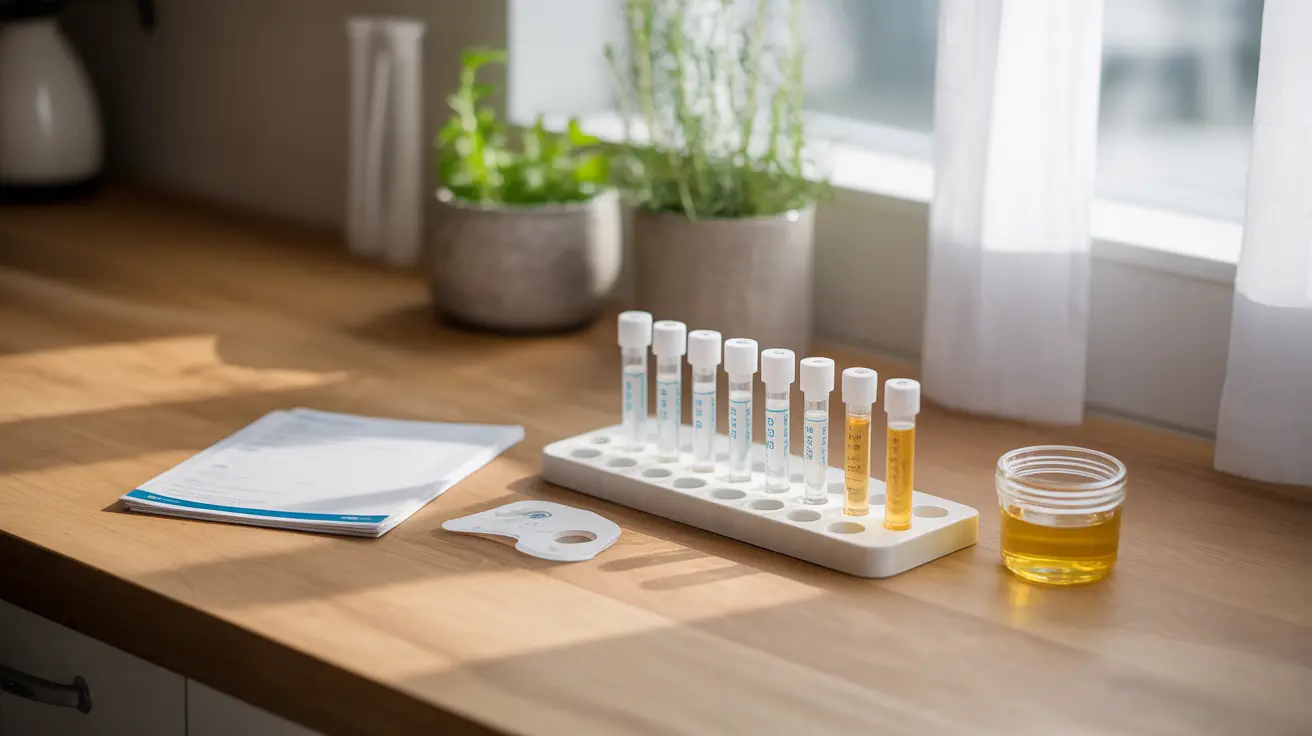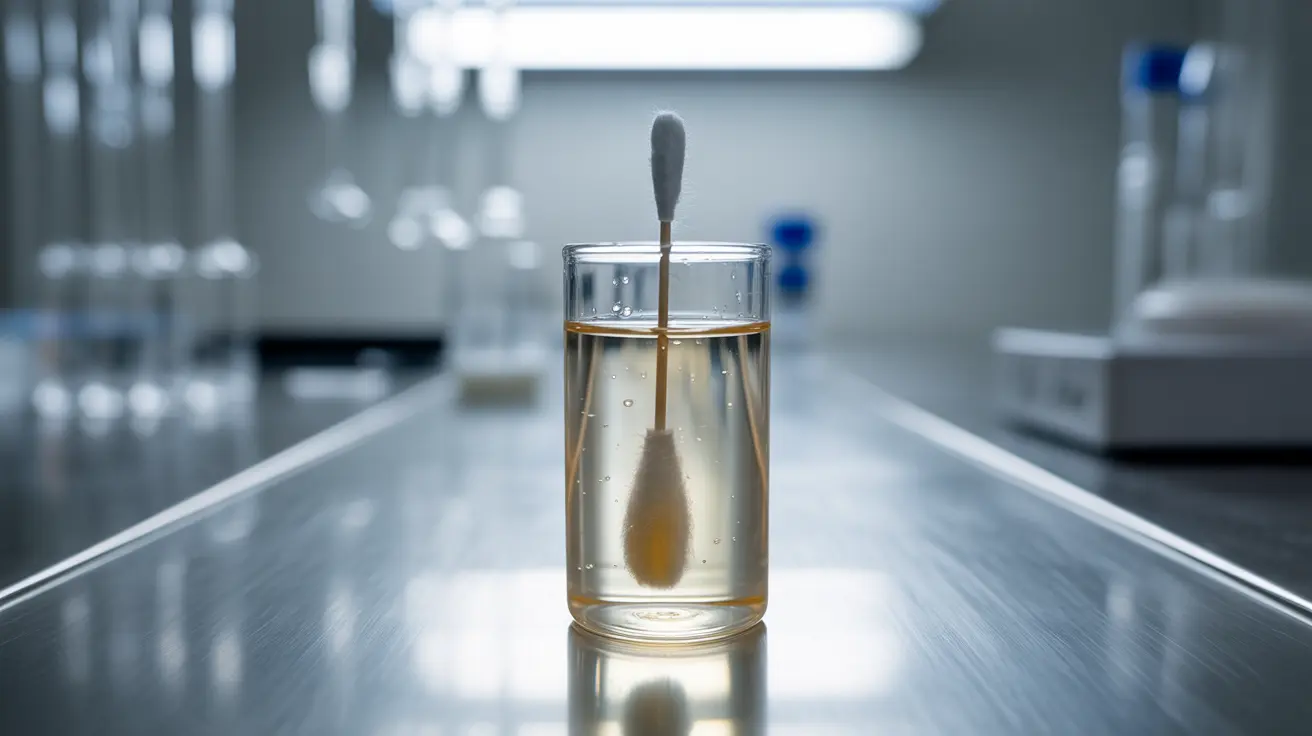Microblading has revolutionized the way we achieve perfectly shaped eyebrows, offering a semi-permanent solution for those seeking fuller, more defined brows. Understanding how long microblading lasts and what affects its longevity is crucial for anyone considering this popular cosmetic procedure.
While individual results vary, microblading typically creates stunning results that can last anywhere from one to three years. However, several factors influence how long your microbladed brows will maintain their fresh appearance, from skin type to aftercare practices.
Understanding Microblading Duration
The longevity of microblading results depends on various factors, but most clients can expect their results to last between 12 and 36 months. The pigment gradually fades over time, creating a natural progression that allows you to adjust and maintain your desired look through touch-up sessions.
Factors Affecting Microblading Longevity
Skin Type Considerations
Your skin type plays a significant role in how long your microblading results will last. People with oily skin typically experience faster fading due to increased sebum production, which can push the pigment out more quickly. Those with normal to dry skin often enjoy longer-lasting results.
Lifestyle Impact
Several lifestyle factors can affect the longevity of your microbladed brows:
- Sun exposure and UV radiation
- Swimming in chlorinated pools
- Use of chemical exfoliants
- Frequency of sweating during exercise
- Skincare routine intensity
Age and Skin Cell Turnover
As we age, our skin's natural regeneration process slows down, which can actually help microblading results last longer. Younger individuals with faster cell turnover might notice their results fading more quickly.
Maintaining Your Microbladed Brows
Initial Healing Period
The first two weeks after your microblading procedure are crucial for long-term results. Following proper aftercare instructions during this period can significantly impact how long your results will last:
- Keep the area clean and dry
- Avoid touching with unwashed hands
- Apply recommended healing ointments
- Protect from direct sunlight
- Avoid makeup on the treated area
Touch-up Schedule
Most practitioners recommend scheduling your first touch-up session 6-8 weeks after the initial procedure. After that, annual touch-ups are typically sufficient to maintain optimal results, though some clients may prefer more frequent sessions based on their fading pattern.
Frequently Asked Questions
How long does microblading typically last before needing a touch-up?
Microblading typically lasts 12-18 months before requiring a touch-up, though some clients may maintain their results for up to three years. The first touch-up is usually needed 6-8 weeks after the initial procedure to perfect the shape and color.
What factors influence how long microblading results last on different skin types?
The main factors affecting microblading longevity include skin type (oily, dry, or combination), sun exposure, skincare routine, immune system response, and environmental factors. Oily skin tends to experience faster fading, while dry skin often maintains results longer.
How often should I schedule microblading touch-up sessions to maintain the best appearance?
After the initial touch-up at 6-8 weeks, most clients benefit from annual touch-up sessions. However, those with oily skin or faster fading may prefer touch-ups every 8-12 months to maintain optimal results.
What aftercare steps can help extend the longevity of microblading pigment?
To extend microblading longevity, follow proper aftercare including keeping the area dry during initial healing, avoiding sun exposure, using gentle skincare products, and protecting your brows from chlorinated water. Regular moisturizing and sun protection are essential for long-term maintenance.
Why does microblading fade faster for people with oily skin and how can it be managed?
Oily skin produces more sebum, which can push pigment out of the skin more quickly. People with oily skin can manage this by using oil-control products around (but not on) the brows, scheduling more frequent touch-ups, and choosing pigments specifically formulated for oily skin types.




